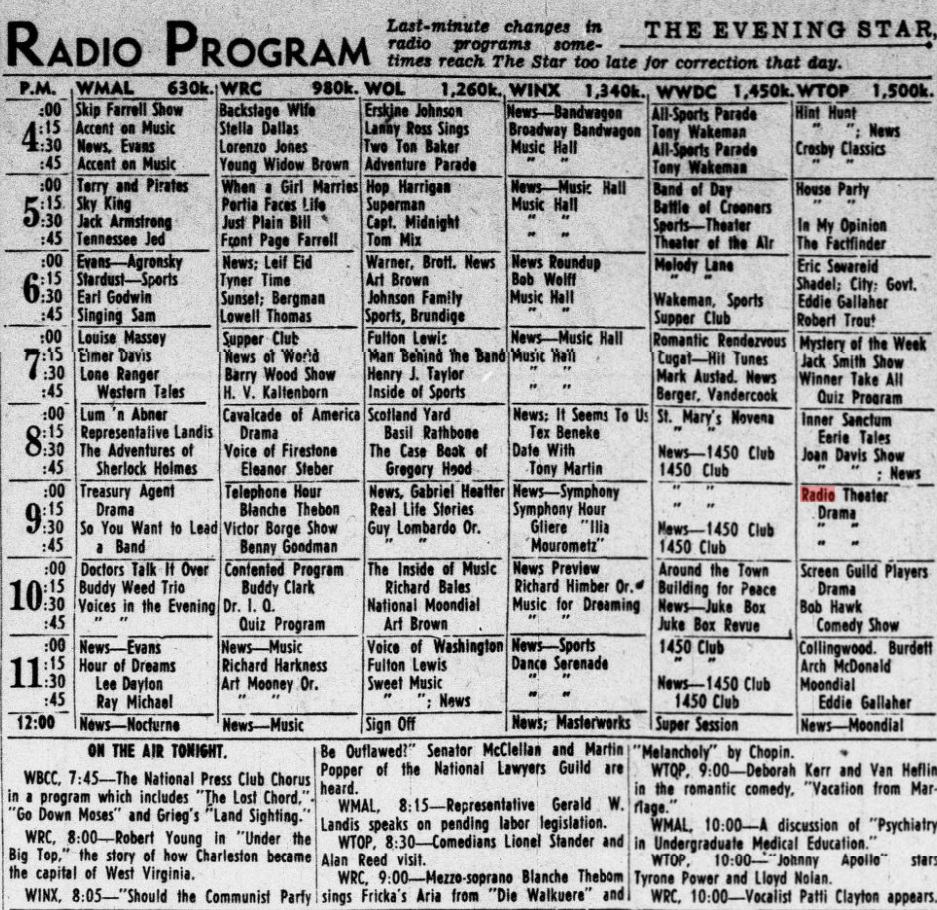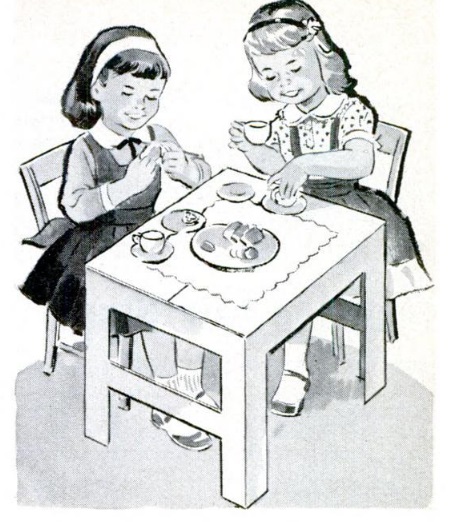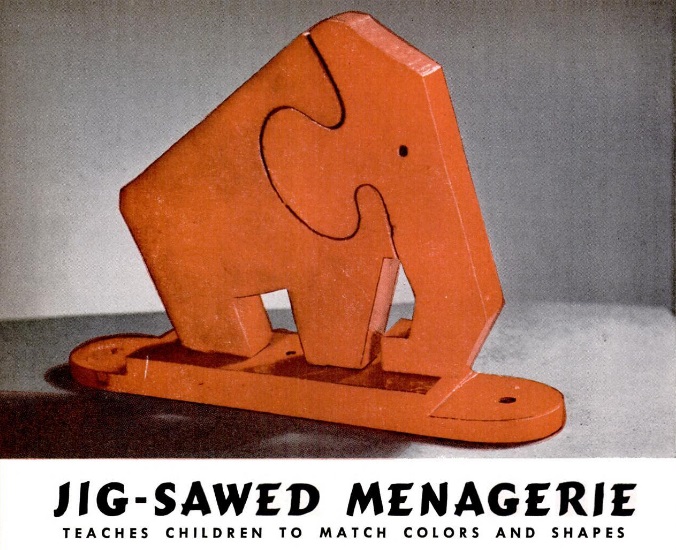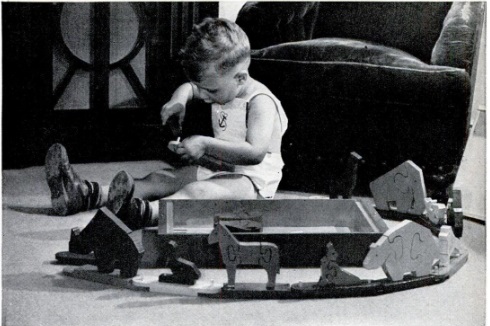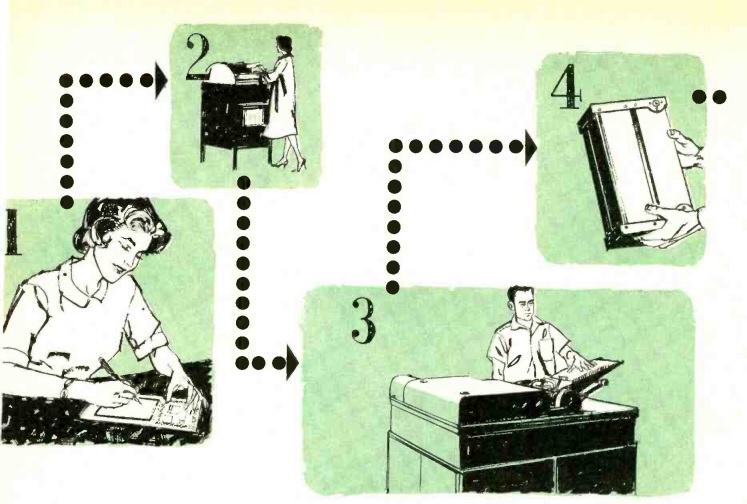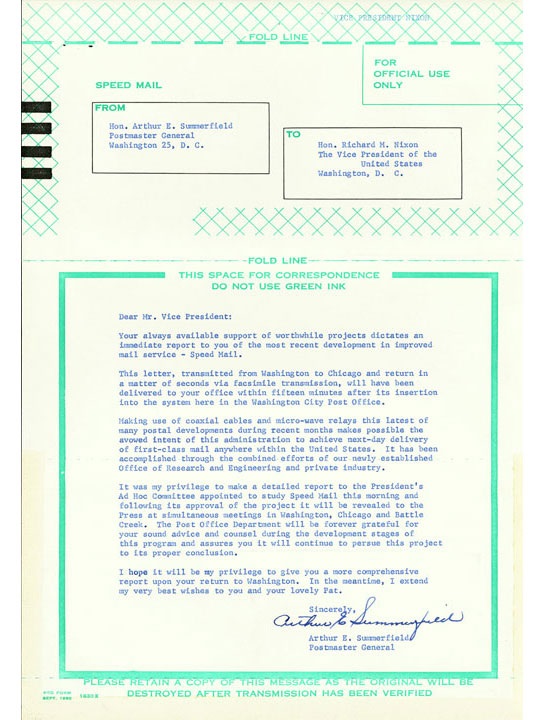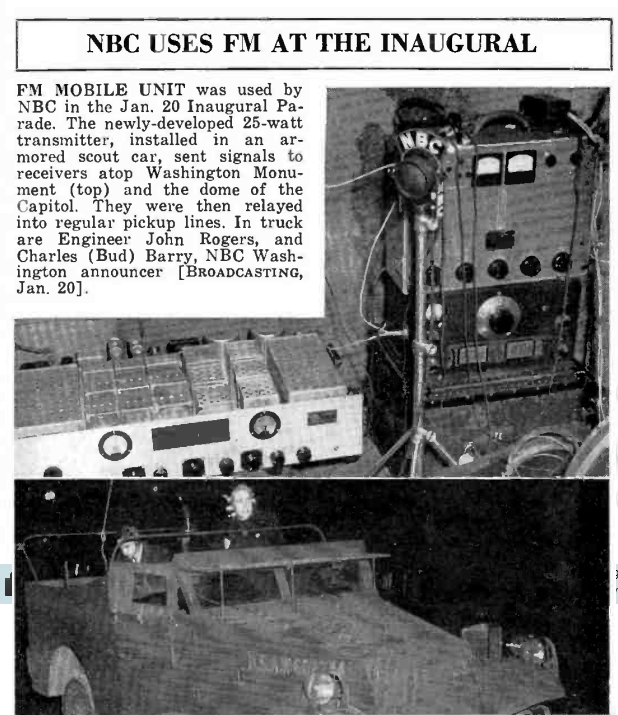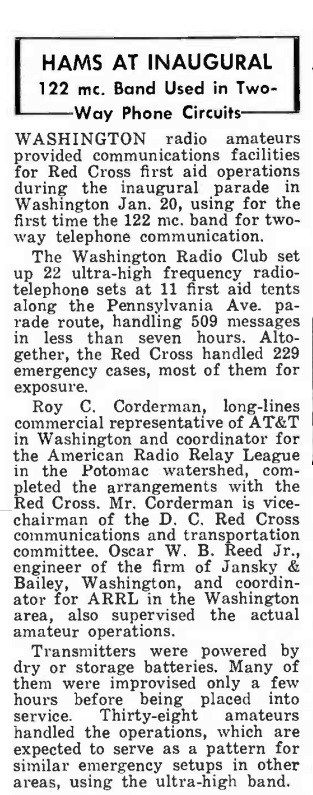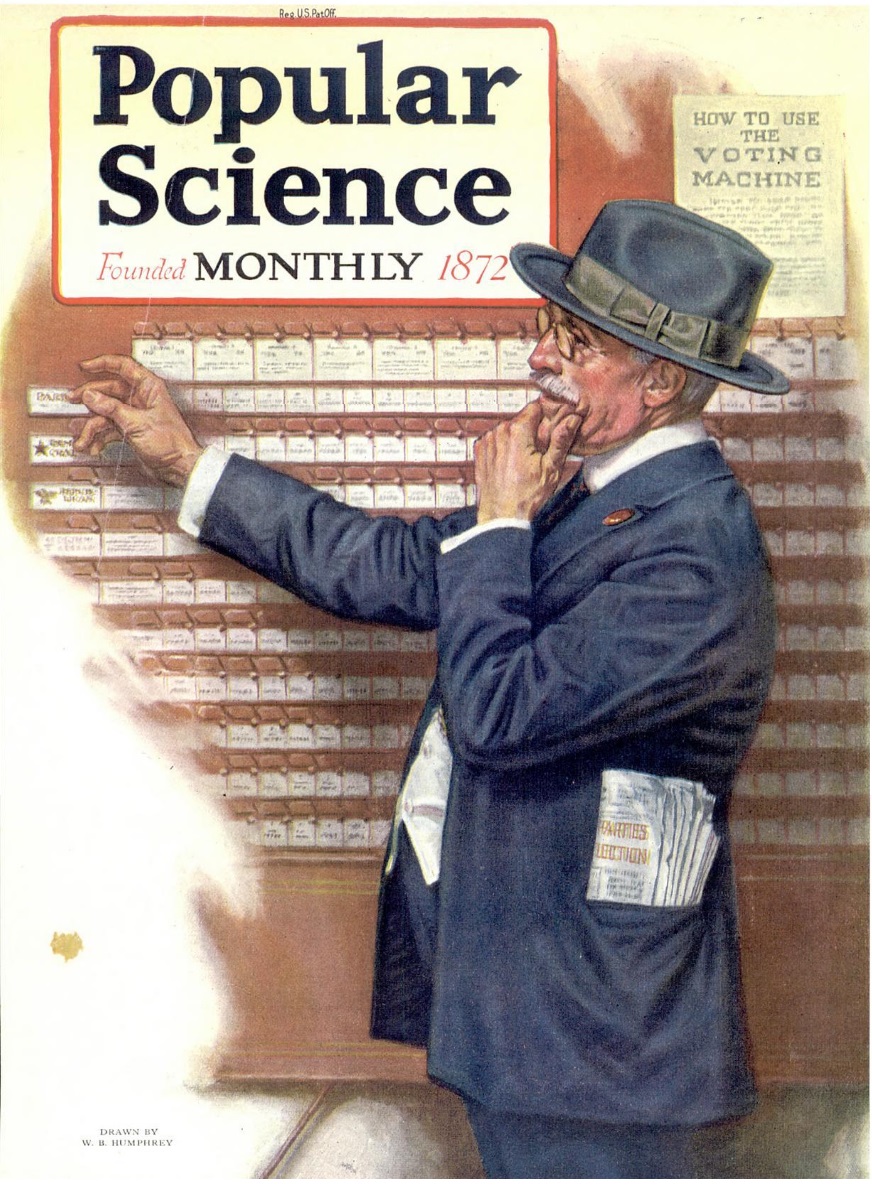My wife and I just got back from seeing “The Sound of Freedom,” a thriller originally produced in 2018 but shelved by Disney. It was eventually picked up by independent Angel Studios, and is now in theaters.
It’s a movie about human trafficking. It follows the true story of two children kidnapped in Honduras and whisked away to Colombia. The younger brother was rescued by law enforcement in the United States, and the agent involved took it upon himself to rescue the older sister, still in Colombia. I’m sure this true story is embellished somewhat for the silver screen. But given the societal decay we are currently witnessing, it is very plausible. It’s a story where the good guys win. And it should be noted that the good guys include Colombian law enforcement and military.
Variety’s review of the movie dismisses the veracity of the story as “insane nonsense.” Nonetheless, the reviewer goes on to say, “let’s assume that, like me, you’re not a right-wing fundamentalist conspiracy theorist looking for a dark, faith-based suspense film…. You needn’t hold extreme beliefs to experience ‘Sound of Freedom’ as a compelling movie that shines an authentic light on one of the crucial criminal horrors of our time, one that Hollywood has mostly shied away from.”
I agree that the movie is worth seeing. It’s an exciting thriller, and it carries a powerful message that I need to research further. And it’s worth seeing now. It was shelved by a major studio, and it doesn’t have the financial backing of the Hollywood Industrial Complex. If it’s going to be successful, and it’s deserving of success, then it needs to make its mark at the box office now.
You can buy tickets online at angel.com/freedom. Eventually, I’m sure it will be available for streaming, but I think it’s important to show that a movie like this can do well at the box office in first-run theaters. There are a lot of crappy movies these days, and the way to make Hollywood change its tune is to show support for well made entertaining movies with an important message.
Tickets in most theaters run about $12 per person, and we realize that for some people, that cost is simply prohibitive. If you can’t afford it (or if you’re not sure it’s worth it), then millions of free tickets are available. The movie is being promoted on a “pay it forward” basis. Many people (including me) saw the movie for free because someone who had already seen it gave them a ticket. They are then encouraged to buy tickets for someone else. So if you’re not sure it’s worth it, the same link, (angel.com/freedom) allows you to get your tickets at absolutely no cost or obligation. If you like the movie, and if you are able, then you can buy a ticket for some stranger, just like some stranger bought a ticket for you. When you get to that site, you can click on either “Buy Tickets” or “Claim Free Ticket.” After seeing the movie, if you wish, you can return to that site and buy tickets for someone else by clicking “Pay It Forward.”
If you are on the fence, here is the official trailer for the movie:
If you’re a right-wing conspiracy buff, then you’ll definitely like the movie. But even if, like the Variety reviewer, you’re don’t fit in that category, you will still find it a compelling film. And if you’re like me, you’ll want to educate yourself on the problem of human trafficking. The movie’s tag line (and the name of one of the Spanish-language songs in the soundtrack) is “God’s children are not for sale.” Let’s make it so.
Rotten Tomatoes gives the film a tomatometer rating of 88%, with an audience rating of 100%. The movie is rated PG-13, mostly for the violence (although not gratuitous violence), sexual content, and “smoking throughout.” Most of our readers will chuckle at the capabilities of GPS tracking devices shown in the movie. But they’ll nod in agreement at the capabilities of the VHF handheld radios used by both the good guys and the bad guys.


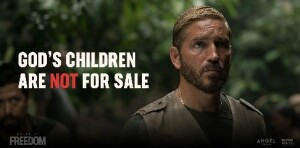
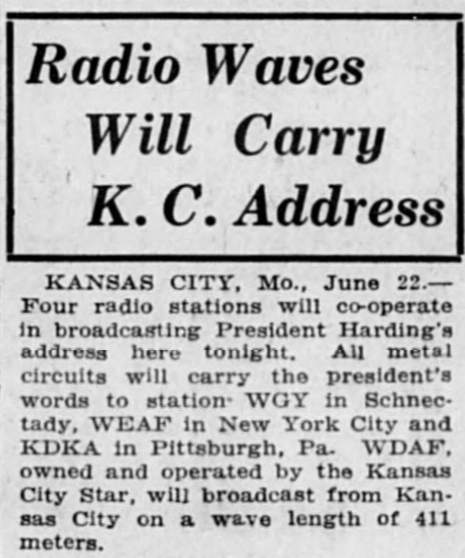
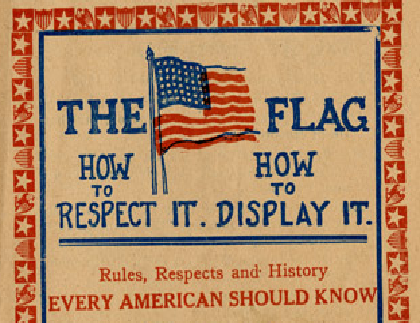
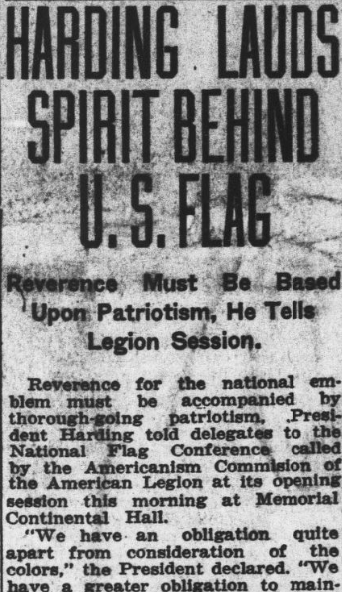

 about his experiences living in Kyiv, Ukraine, in the middle of a war. Wlad, like me, is an attorney, and lived a middle-class existence similar to mine, until Russia invaded eastern Ukraine in 2014. He and his family then relocated to Kyiv, but with Russia’s 2022 invasion, he was once again in the middle of the war. His wife and teen son and daughter evacuated to Poland, where they were able to find an apartment, thanks in part to the generosity of friends in America and elsewhere.
about his experiences living in Kyiv, Ukraine, in the middle of a war. Wlad, like me, is an attorney, and lived a middle-class existence similar to mine, until Russia invaded eastern Ukraine in 2014. He and his family then relocated to Kyiv, but with Russia’s 2022 invasion, he was once again in the middle of the war. His wife and teen son and daughter evacuated to Poland, where they were able to find an apartment, thanks in part to the generosity of friends in America and elsewhere.